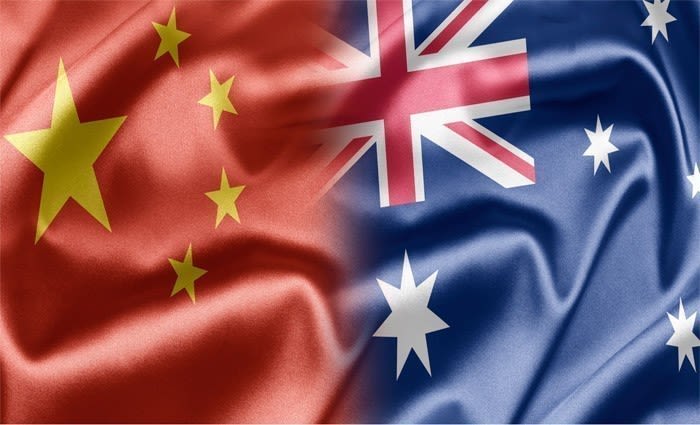Chinese investment into Australian commercial property falls further from its 2015 peak
While mainland Chinese investment has decreased, investment from Hong Kong Kong has increased by 20% last year, rising from $918m to $1.1Bn in 2017. This is expected to increase further during 2018 as Mainland Chinese investors seek to reallocate capital via Hong Kong.
A recent survey of top Mainland Chinese Real Estate Investors Overseas (‘MCREIO’) conducted by the Cushman & Wakefield Research team also shows that MCREIO’s sentiment towards Australian commercial property had dropped from 22% in 2016 to 17% in 2017. This was in line with the decrease in overall investment, however it still placed Australia in second position overall - behind the 31% of investors that intend to invest in the United States (also down from 44% in 2016).
From the survey, the most significant declines in sentiment were experienced in Canada, Singapore and Japan where allocations fell to 1% or less of the available MCREIO global real estate capital as investors backed away from expensive markets and stabilised assets.
While there is expected to be greater scrutiny of offshore investment by the Chinese Government, Cushman & Wakefield Research also shows that only 50% of mainland investors have been significantly impacted by the latest guidelines. The remaining half felt limited or no impact.
Cushman & Wakefield’s Head of Capital Markets Australia and New Zealand, James Quigley, said while there had been a significant drop in China outbound investment into Australian real estate over the past year, Australia remains as one of the top global destinations of choice for Chinese investors.
“Top Chinese investors are telling us that they still greatly favour the Australian market, but with regulatory changes and fierce competition for top assets, deal activity is expected to weaker. That said, we are seeing rising investment volumes from Hong Kong with further growth expected as Mainland Chinese investors look at alternative avenues to invest.
“Nonetheless, some investors are likely to be less impacted by recent policy changes, and so are expected to remain active purchasers. As investors change strategies and potentially lower volumes, this also presents near term opportunity for local capital partnering,” Mr Quigley said.
While Chinese investment into larger Australian assets with sale prices of $200m+ have transacted, they have only accounted for just 4% of deals by number since 2013 (and 37% of dollar value). Conversely, 73% of deals by number have been completed in the sub-$50m range, accounting for 25% of total deal value.
Outside the development site market, Chinese investors have a sharp focus on the Australian office market, and New South Wales offices in particular, which have averaged 48% and 45% of total investment by value respectively since 2011, and 40% during 2017.
With many of Sydney’s largest transactions in 2017 undertaken by domestic entities, this is in part contributing to the decline in investment, but also driving greater diversification into other sectors such as retail and mixed use and geographically into metropolitan Sydney and Victoria.
Since 2015, there have been three major policy developments that have impacted Chinese investment into the Australian real estate sector. The China Australia Free Trade Agreement (CHAFTA, the Belt and Road Initiative, and most recently, the updated guidance on foreign investment (Circular 74). While the CHAFTA is designed to make trade more efficient, the Belt and Road and Circular 74 are expected to have broader reaching implications for commercial real estate.
According to Cushman & Wakefield research, the expected impact of these policy frameworks will include lower investment volumes and fewer Chinese investors in the market, also driving opportunities for capital partnering and local asset management services.
Realignment of real estate strategies to Belt and Road criteria is likely to benefit the development and industrial sector, especially logistics, production space and R&D sites. Over the longer term, there is an anticipated uplift in demand for space as Chinese occupiers continue to expand into international markets.
